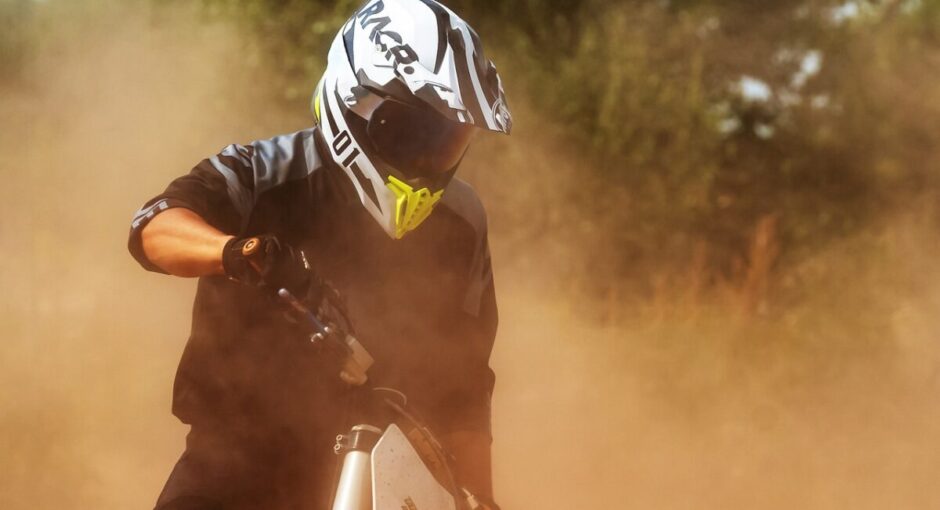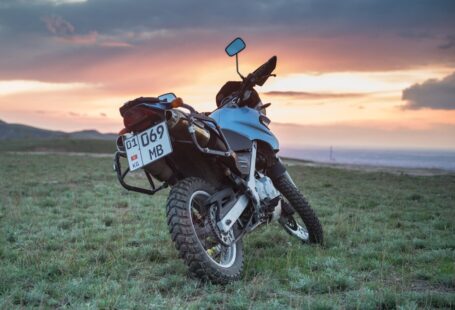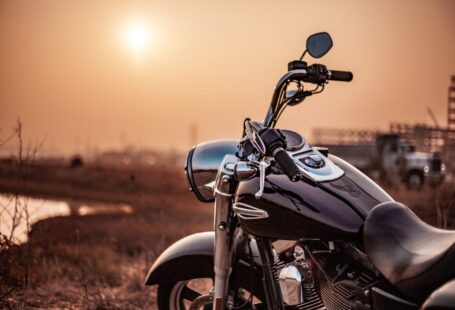There are two kinds of would-be motorcycle riders: Those who know exactly what motorcycle they want to buy and those who are so bewildered by the huge range of options and confusing nomenclature that they have no idea how to choose a first bike.
OK, maybe that statement should have come with a “gross generalization” warning, but there’s truth in it, and it has to do with the ways we get hooked on motorcycling.
I once met a young woman who had never thought about riding a motorcycle until one day she happened to see a gold Triumph on display and instantly knew she had to have one and learn to ride. By the time I met her years later, she was not only an accomplished rider, but was also working for Triumph North America.
Plenty of people have bought a first motorcycle based on that kind of sudden infatuation, or because their friends who ride all had a certain kind or brand of bike. The other kind of rider, overwhelmed by new terminology that sounds like a vaguely pornographic foreign language (crotch rockets and Fat Boys and nakeds?), may end up buying something almost at random. There’s a better way, of course, and that’s being informed about your options and choosing a first motorcycle that’s appropriate for you.
Let’s break it down into three parts: where to start, how to narrow the list, and new versus used.
The first question to ask
The good news and the bad news is that everyone you know or meet who already rides will be happy to give you “advice.” Your six-foot, five-inch friend tells you “All the magazines say my BMW R 1200 GS is the best bike, ” as he lovingly pats its 33.5-inch-tall seat. “The chicks love Ducatis, ” advises another, while a third says, “That Italian stuff is overpriced junk. You need a Gixxer.”
To which you think: “I’m a five-foot, Italian-American heterosexual female and I don’t know what a ‘Gixxer’ is. I feel mainly ignored, vaguely insulted and thoroughly confused.”
You see, the thing is, we love our rides, and too often we experienced riders rush to tell you what we love, instead of understanding your needs as a new rider and thinking about what’s best for you. If you ask an experienced rider what you should buy for your first motorcycle, here’s what you should hear in return: “What do you want to do with it?”
The kind of riding you plan to do determines what kind of bike you should buy. So asking yourself “What kind of riding do I want to do” is the first and most important step. It’s also one you’ll probably get wrong, at least slightly. Why do I say that? Because as a non-rider, with only a theoretical and perhaps romanticized view of riding, you may think you want to do a solo, cross-country camping trip, but after a year of riding you may find you prefer short rides with friends, instead. Or vice-versa.
So you’ll probably find out that what you thought you wanted to do on a motorcycle is not exactly what you really want to do, once you’ve got some miles under your tires. That’s OK. In the third section, we’ll explain why that’s not such a big problem. But for now, since we’ve identified what you think you want to do, it’s time to narrow your choices.
Narrow the list
It’s a great time to be a motorcyclist, because the manufacturers are turning out a huge variety of models to fit whatever kind of riding you want to do. It’s also a great time to be a beginning motorcyclist, because the manufacturers have also realized they need to offer more affordable, user-friendly bikes to bring in new customers.
The wide range of motorcycles and ever-shifting terminology can be confusing when you’re starting out. The first step, however, is recognizing the attributes that, in general, make a bike more suitable for a new rider: Light weight; modest power; neutral handling characteristics; and the ability for the rider to get both feet on the ground. Of course all of those things apply differently to my six-foot, five-inch nephew than they do to my five-foot, one-inch wife. But they matter.
While the category boundaries keep shifting, here are the main kinds of motorcycles and their positives and negatives for new riders.
Cruisers: The traditional long, low-slung look epitomized by Harley-Davidson and copied by others. Built for relaxed rides.
- The good for new riders: Low seat height gets your feet on the ground; engines are tuned for low-speed torque, making cruisers easier to ride; little bodywork to damage in a tip-over.
- Not so good for new riders: Some have more extreme ergonomics that make handling awkward.
- If you want one: A mid-displacement import cruiser can make a very affordable first ride.
Sport bikes: Race replicas built for speed and handling.
- Good: Most are light in weight.
- Bad: High power from the 600 cc and 1, 000 cc models; high-strung nature; tallish seats; race-oriented ergonomics; expensive fairings easily damaged in a tip-over; high insurance costs.
Standard or naked bikes: These are bikes with natural, neutral riding positions and minimal or no fairings to damage — basically, the way almost all motorcycles were built before the age of specialization.
- Good: Comfortable riding position; often sporty but generally not as high-strung as race replicas; less plastic to damage in a tip-over; lower insurance costs.
- Bad: Larger models can be as powerful as the sport bikes they’re related to and too much for a new rider; no wind or weather protection, unless you add it.
- If you want one: The Honda CB500 line is a great example of how manufacturers are trying to offer bikes that are both capable and not overwhelming to less experienced riders.
Adventure-tourers and dual-sports: Made for road and off-road, with the main distinction being that adventure-touring bikes are larger and capable of longer trips, while dual-sport bikes tend to be closer to light dirt bikes that are street-legal.
- Good: Comfortable, natural ergonomics; smaller dual-sports tend to be light in weight and unlikely to suffer expensive damage in a tip-over.
- Bad: Tall seats; larger adventure-tourers are heavy and expensive.
- If you want one: If you are tall enough, a small dual-sport can be a great first bike that’s cheap to buy, cheap to operate, almost indestructible and able to go anywhere.
Scooters: Scooters today range from 50 cc fuel-sippers that barely top 30 mph to 650 cc “maxi-scooters” that are capable of long-distance highway travel. The two defining characteristics of scooters are the step-through design and the continuously variable transmission (CVT), which means no clutch or shifting gears.



